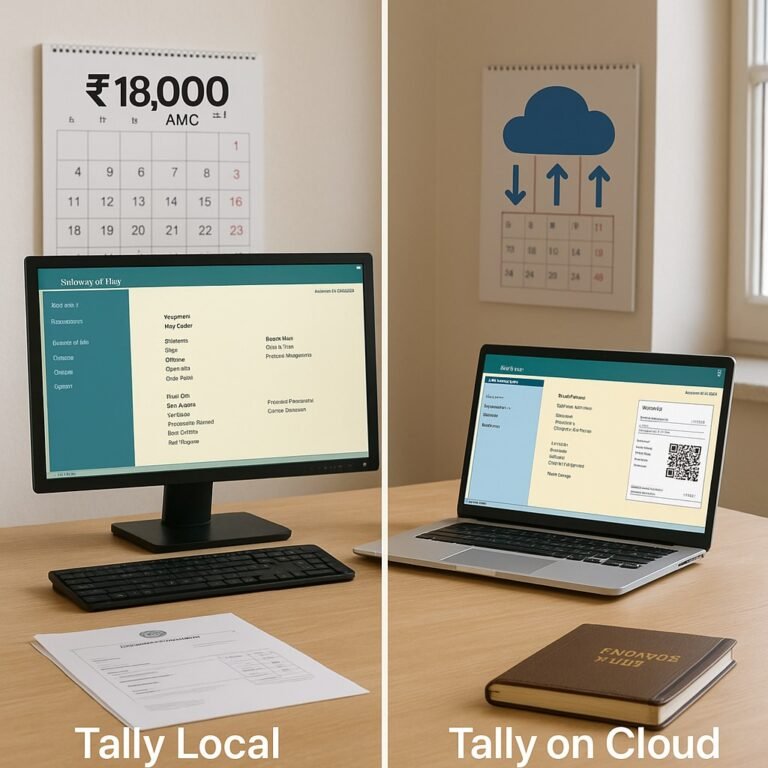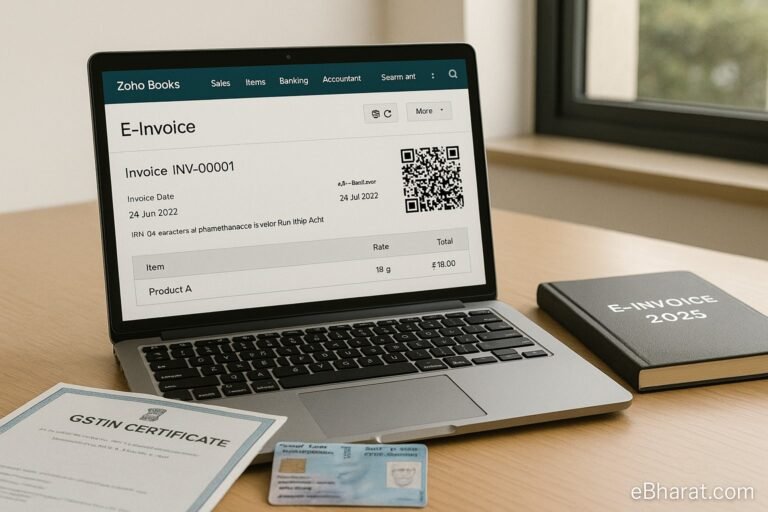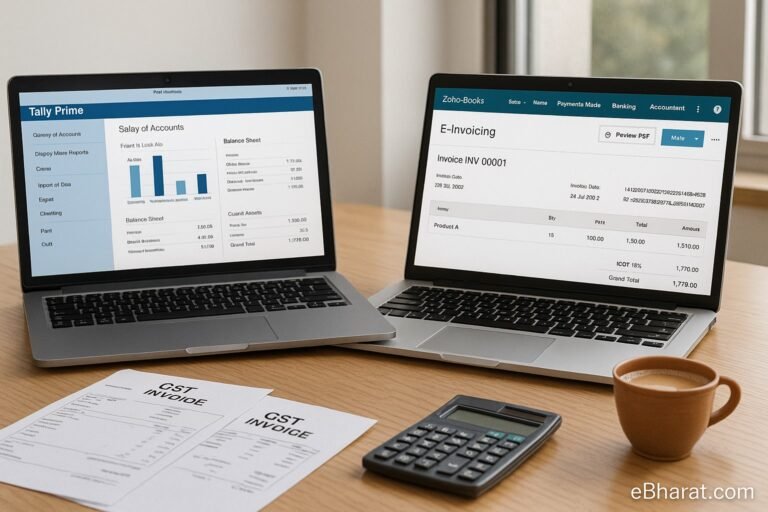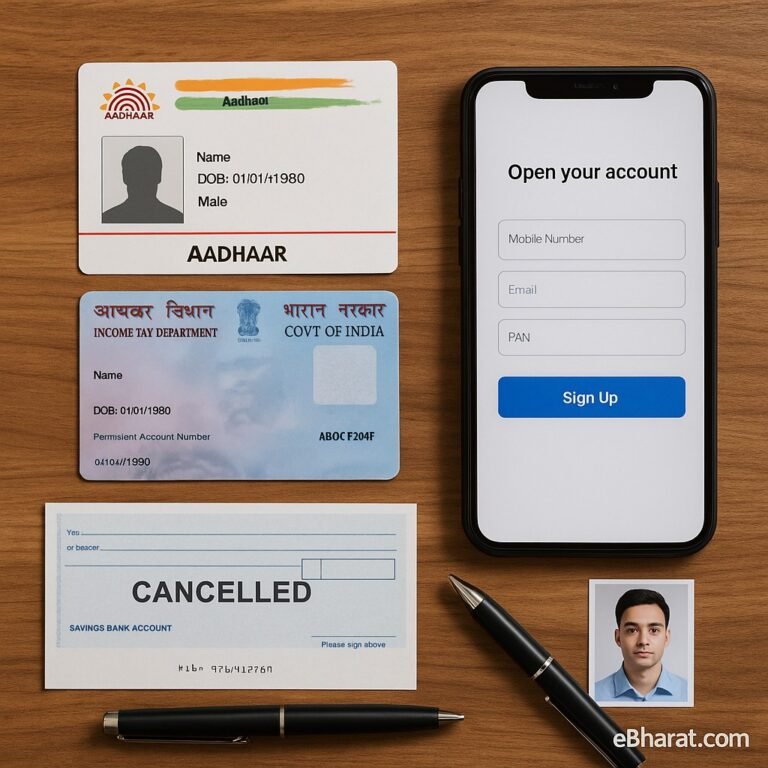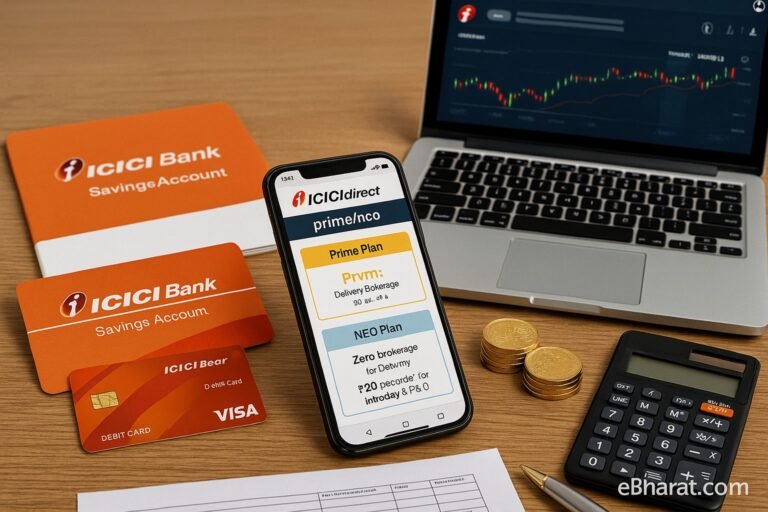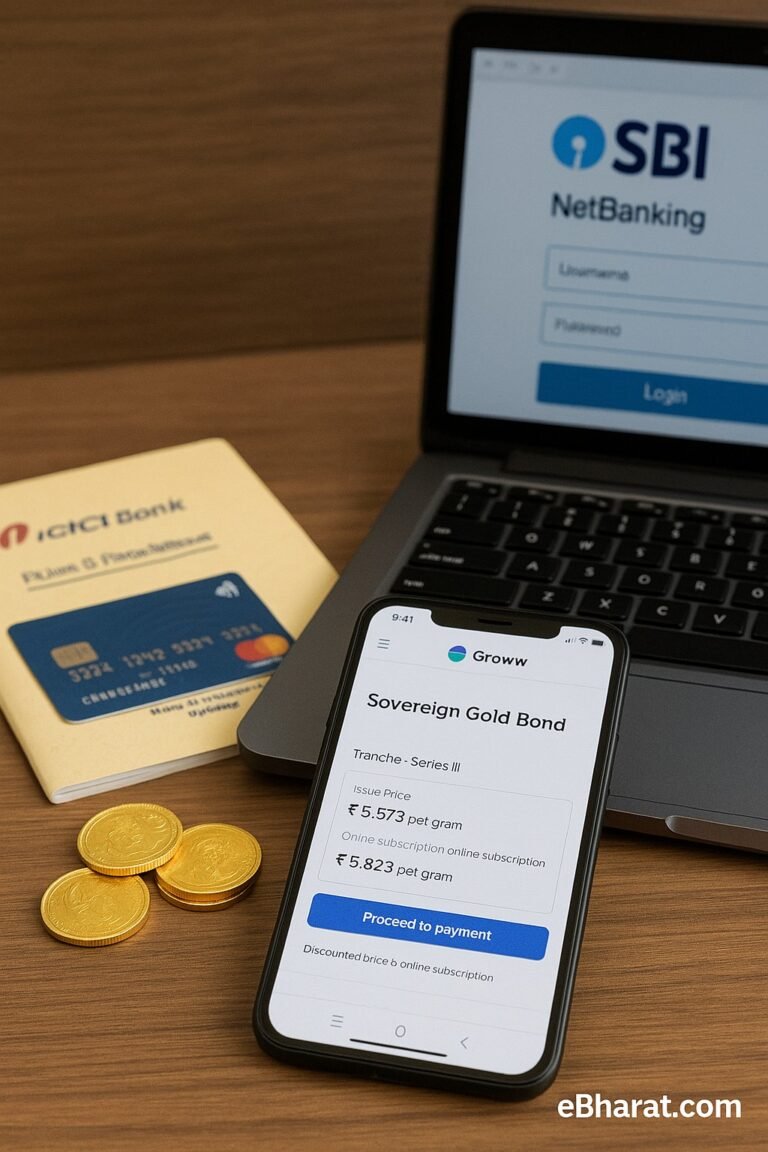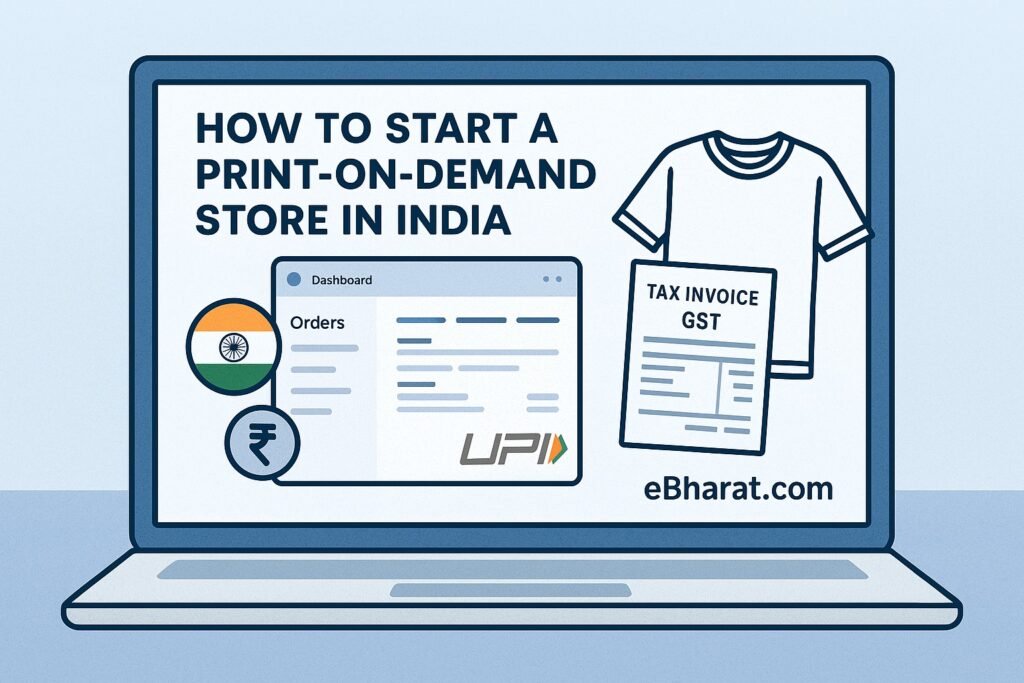
Introduction
Print-on-Demand (POD) has become one of the fastest-growing e-commerce business models in India. Whether you want to sell custom T-shirts, mugs, hoodies, or wall art, POD lets you launch a store without holding inventory.
Platforms like Printful, Printify, Blinkstore, and Qikink allow creators to upload designs, while they handle printing and shipping. But in India, sellers face unique challenges: GST compliance, COD expectations, and international shipping delays.
This guide will walk you through starting a Print-on-Demand store in India, step by step, while explaining how to manage GST, payments, and platforms in 2025.
Step 1: Understand the Print-on-Demand Business Model
- How POD Works: You design → upload to store → customer buys → POD partner prints & ships.
- No Inventory Risk: You don’t need stock or warehouses.
- Margins: Lower than traditional retail, but scalable with volume.
- Indian Twist: Customers still demand COD, but most global POD tools don’t support it.
Step 2: Choose the Right Platform (Global vs Indian POD)
Global POD Platforms
- Printful → Ships worldwide, premium quality, but higher shipping costs to India.
- Printify → Cheaper base pricing, multiple vendors (some in Asia).
Indian POD Platforms
- Qikink → Chennai-based, GST-compliant, supports COD.
- Blinkstore → Free setup, COD available, beginner-friendly.
- Printrove → White-label POD with Indian fulfillment.
For India-focused stores, Qikink or Blinkstore are better due to GST invoices and COD support.
Step 3: Register Your Business & GST
Business Setup
- You can start as a Sole Proprietorship or LLP/Private Limited.
- Register your brand name for credibility.
GST Compliance
- Mandatory if turnover > ₹20 lakh (₹40 lakh for goods).
- Even smaller sellers may need GST if using Shopify or selling PAN-India.
- POD platforms like Qikink/Blinkstore issue GST invoices.
- For Printful/Printify, you’ll pay under Import GST (18%) + file returns under RCM.
| Platform | GST Invoice | COD Support | Shipping Origin |
|---|---|---|---|
| Printful | No (self-account under RCM) | No | US/EU |
| Printify | No (RCM) | No | US/EU/Asia |
| Qikink | Yes | Yes | India |
| Blinkstore | Yes | Yes | India |
Step 4: Build Your Online Store
- Shopify → Best for integrations, but monthly fee applies.
- WooCommerce (WordPress) → Flexible, cheaper.
- Blinkstore → Free storefront.
Use an Indian payment gateway (Razorpay, PayU, Cashfree) for UPI + debit cards.
Step 5: Add Products & Designs
- Start with 3–5 popular categories (T-shirts, mugs, hoodies).
- Use tools like Canva, Photoshop, Figma for designs.
- Ensure print-ready PNG files (300 DPI, transparent background).
- Offer localized designs in Hindi, regional languages, or trending memes.
Step 6: Manage Pricing & Profit Margins
- Global POD products (Printful/Printify) → ₹700–₹1,000 shipping + product cost.
- Indian POD products (Qikink/Blinkstore) → ₹250–₹400 per T-shirt, COD included.
Average margin: 30–40% if priced smartly.
Step 7: Market Your Store
- Instagram Reels + YouTube Shorts → Showcase designs in lifestyle shots.
- Meta Ads (FB + Insta) → Target college students, young professionals.
- WhatsApp Business → COD-friendly marketing in Tier-2/3 cities.
- Influencer Collabs → Micro-influencers in niche communities.
Step 8: Handle Shipping & Returns
- Global POD → 10–20 days delivery in India (customs risk).
- Indian POD → 4–7 days delivery with COD option.
- Returns → Usually not allowed unless product is defective.
Step 9: Scale Your Business
- Add custom packaging with branding (Qikink/Printrove).
- Expand product catalog → backpacks, phone cases, notebooks.
- Launch subscription boxes for loyal customers.
- Explore international sales via Printful/Printify.
Why GST is Critical in POD
- Customers may request GST invoices (esp. corporate bulk orders).
- Without GST registration, you cannot claim Input Tax Credit (ITC).
- Filing under RCM for foreign POD platforms is complex—safer to use Indian POD partners.
Starting a Print-on-Demand store in India in 2025 is easier than ever—but only if you set it up with the right platform, GST compliance, and payment methods.
- Best for Beginners → Blinkstore (free + COD).
- Best for Scaling → Qikink (GST + branding).
- Best for Global Audience → Printful or Printify.
If you’re serious about building a sustainable POD brand in India, register for GST early, integrate UPI payments, and market with Instagram + WhatsApp for maximum reach.
Start Your Print-on-Demand Business Today
Disclosure: eBharat.com may earn a commission if you purchase via these links—at no extra cost to you.



